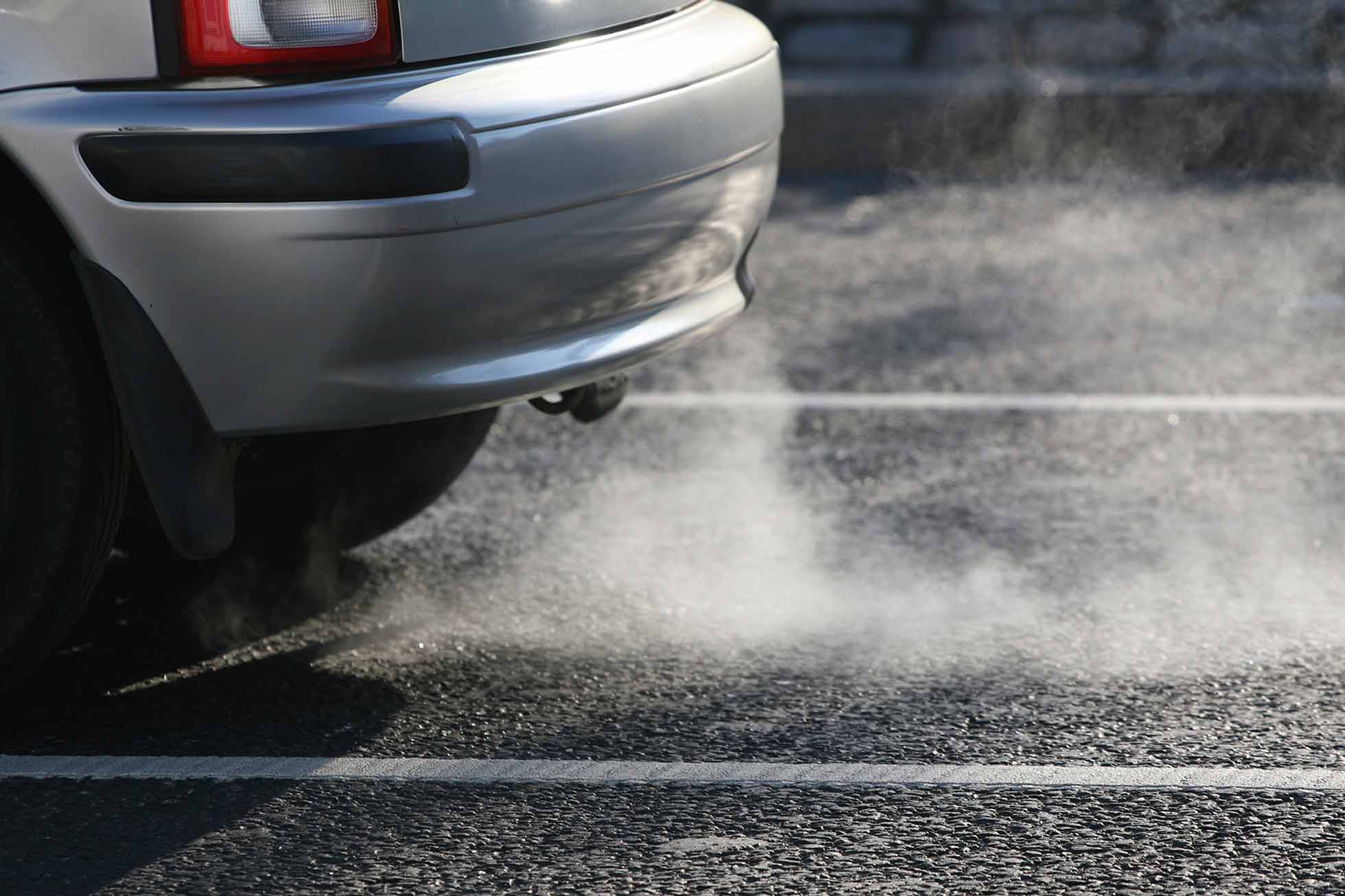 The European Parliament has voted not to block the introduction of Real Driving Emissions testing from 2017, meaning that new cars will be tested for emissions such as NOx in real life conditions, not in regulated labs.
The European Parliament has voted not to block the introduction of Real Driving Emissions testing from 2017, meaning that new cars will be tested for emissions such as NOx in real life conditions, not in regulated labs.
And who was trying to block this apparent good move for air quality? Not the car makers, but MEPs – because they think the exemptions car makers have been granted are too generous.
Huh?
In 2007, it was agreed that European regulations would demand cars emit no more than 80mg/km of NOx under the Euro 6 limit currently in force.
Vehicles are homologated in laboratory conditions to prove that they meet this limit, as part of the NEDC fuel consumption test.
However, on-road testing has found that many vehicles exceed this NOx limit in real world use, sometimes by 4-500% or more. The Real Driving Emissions test – RDE – has been under development for several years to try and overcome this.
And then came dieselgate
The Volkswagen emissions scandal accelerated its rollout: it was agreed in October 2015 that it would come into force from 2017 – first for all newly-introduced models, and then for all new cars sold.
There’s a ‘but’, though. Because car makers were basing their developments on the existing lab test – which critics argue is easier to fool (indeed, this is exactly what Volkswagen’s ‘dieselgate’ cheat was based upon) – they sought an exemption that would relax the limits for a couple of years.
They won one.
In September 2017, new models to market would be allowed to emit up to 2.1 times (110%) the 80mg/km limit, which would extend to all cars on sale by September 2019.
This discrepancy would be reduced to 1.5 times (50%) by January 2020 for new models, and by January 2021 for all cars sold. This leniency would remain in place going forward – to account for margins of error in the testing kit (called Portable Emissions Measurement Systems, or PEMS).
A date when the variance from the norm will become zero – meaning vehicles would have to emit the 80mg/km limit set back in 2007 – has not yet been agreed.
‘Good day for dirty deals’?
Still with us? Good – because today’s vote was one of the final hurdles against the introduction of this. MEPs were trying to block the introduction of RDE because they argue these exemptions are too kind on car makers – particularly the 50% margin of error. They say the actual margin of error is more like 20%.
“Today was a good day for dirty deals but a bad day for cleaner air,” said Liberal Democrat MEP Catherine Bearder.
However, the RAC’s Steve Gooding said the vote was “a step in the right direction” as it would cut NOx from today’s spiralling emissions to two times the limit, and then 1.5 times – without delay.
A rejection of the decision already made by EU member states “would delay improvements to air quality, particularly in cities,” said European automotive industry body the ACEA.
The car makers say…
RDE will introduce a completely new testing method for vehicles on the road. Europe is the first and only region in the world to introduce such a system, which will lead to major progress in improving air quality.
While the current proposal takes into account error margins in the new measuring equipment, vehicle manufacturers will have to aim well below the legal limit to ensure compliance. Moreover, the error margin will be reviewed and, as the equipment improves in precision, the conformity factor will be tightened.
– ACEA
The environmental campaigners say…
The European Parliament today caved in to pressure from car-producing countries and agreed to weaken the limits for nitrogen oxide (NOx) emissions from new diesel cars. The effective new ‘Euro 6’ limit, 168mg of NOx per km, is more than double that agreed in 2007 (80mg/km). From 2020, all new cars will still be allowed to emit 120mg/km.
Despite public outcry, EU governments have pressured national MEPs to accept the weakening of the legal limits that was agreed via the backdoor of comitology in October of last year. The decision will undermine efforts to clean up Europe’s air and improve public health.
– Transport & Environment
What do you think of today’s vote? Share your thoughts of which side you’re on below…